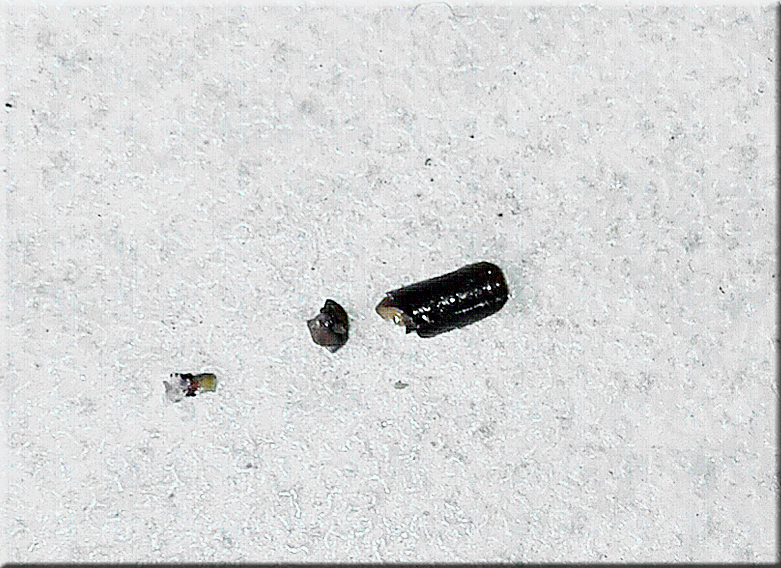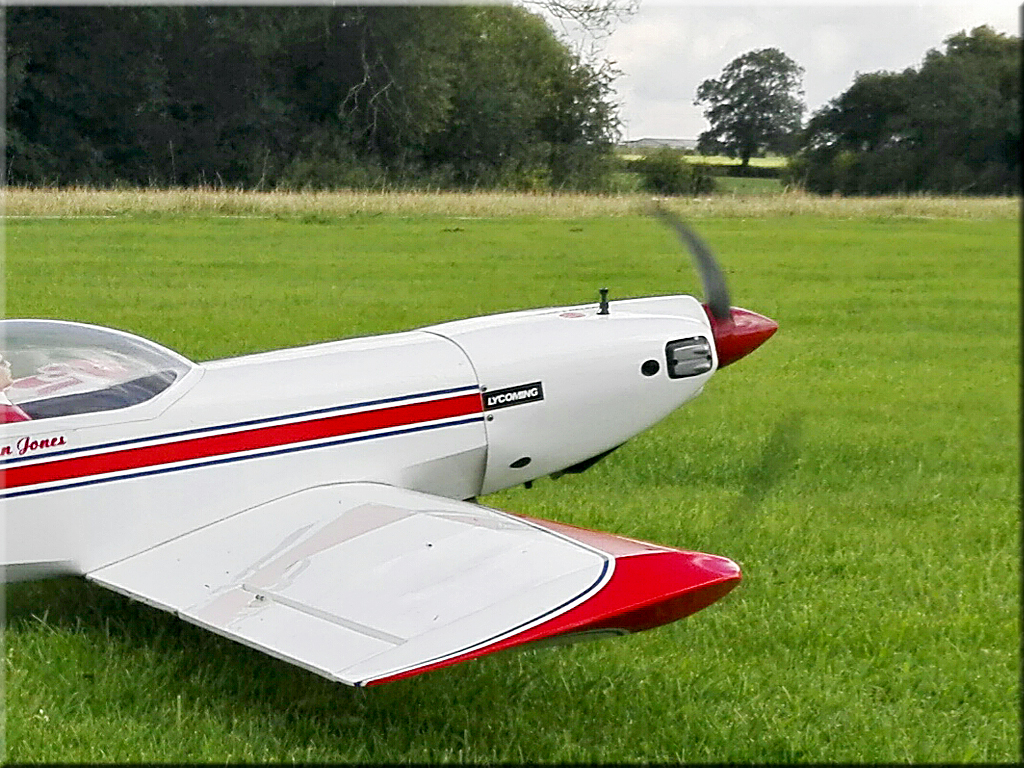Please note this article is concerned with three line fuel tank installations where the lines are:
- Fuel line output to carburetor.
- Exhaust pressure line to fuel tank.
- Fuel tank fill line.
Two line fuel tank installations would present slightly differently to this fault condition. Please see later in this article.
This article is relevant when the following symptoms exist:
- The engine is not new and has previously run well.
- At the early stages of filling the tank, fuel flows forward along the carburettor fuel supply line, towards the carburettor.
- When filling is stopped there is a brief flow of fuel back into the supply bottle. Some fuel pumps may not allow this to happen so continue to check the other symptoms.
- The engine starts easily at idle.
- The engine reaches maximum revs at an early stage in opening the throttle barrel, typically around halfway.
- The engine stops after a short time and often becomes very hot (over 200F/93C).
- The engine will not restart without being primed.
Cause
Blockage in exhaust pressure line, examples:
- Foreign object
- Swarf
- Carbon build up in exhaust pressure nipple
The blockage has the following effects and hence the previously described symptoms:
- When filling the tank the only vent outlet is the carburettor supply line, so the air in tank becomes pressurised forcing fuel into the carburettor supply line.
- Stopping the fill relieves the pressure in the fill line and so there is (usually) a brief back flow of fuel as the fuel tank pressure equalises with the outside pressure.
- When the engine is running there is no inlet of air to replace fuel being drawn from the tank which starts to create a vacuum in the fuel tank. This soon causes the engine to run lean. This effect worsens as the created vacuum increases, so much so that fuel supply to the carburettor becomes insufficient to keep the engine running. The tank pressure then starts to equalise with the outside pressure, causing any remaining fuel in the fuel line to be drawn back into the tank. The engine has already stopped due to a lack of fuel in the chamber and as there is no fuel in the supply line, a prime will be needed to restart the engine.
Fix
Finding the blockage will dictate the fix, typically:
- Disconnect the exhaust pressure line from the fuel tank bung and feed a length of piano wire through the bung pipe to test for a blockage. If present then clear blockage with piano wire or replace the pipe. Be aware that swarf may have the effect of causing a flap that opens and closes so a visual check for light through the tube is recommended. Take care not to leave any debris in the fuel tank.
- If translucent tubing has been used for exhaust the pressure line then a blockage should be visible but if using opaque tubing then disconnect it completely and blow air into the tube. If the air does not flow then there is a blockage; clear any blockage with piano wire taking care not to damage the tube. Alternatively and probably better practice is to replace the tube.
- Disconnect exhaust pressure line from the exhaust nipple and attach a clean tube to the nipple then blow into tube. If air will not flow through the nipple then this is the location of the blockage, it should be possible to clear this with some piano wire, otherwise replace the nipple.

This solid carbon plug was removed from the exhaust nipple of a Thunder Tiger FS80 and was 4mm long.

After removing the "Plug" mentioned above, this engine happily ran for 20 minutes.
Prevention
Ensure adequate cooling/ventilation around the exhaust as overheating will cause the baking of exhaust deposits in the pressure nipple.
Note: if a two line fuel tank system is used where the lines are:
Case 1.
- Fuel supply line to carburetor.
- Vent/Fill line.
Or:
Case 2.
a.) Fuel supply line to carburetor.
b.) Exhaust pressure line to tank.
Then the symptoms of the fault are different as follows:
a.) Will probably present no problems as the exhaust with it’s hot gases and particulates is not connected to the fuel tank.
b.) If filling the tank by disconnecting the exhaust pressure line and filling via that line then symptoms will present identically to the main article.
If filling the tank by disconnecting the carburetor line and filling via that line then filling will soon meet resistance. Beware of the filling nozzle being ejected by the build up in pressure in the model’s fuel tank as this would be accompanied by fuel also being ejected.
Related Articles:
| Title | Author |
|---|---|
| Cannot Set A Reliable Idle On An IC Glow Engine | Written by Bob Hynes |
| Engine Cuts In Flight. ( Deadstick List) | Written by Bob Hynes |
| Engine Will Not Run At Idle. (Cylinder wear & Glow Assist) | Written by Bob Hynes |
| IC Engine Exhaust repeatedly loosens in flight. | Written by Bob Hynes |
| IC Glow Engine - Erratic Running- (Fault List) | Written by Bob Hynes |
| IC Glow Engine off tune. (Tuning Protocol) | Written by Bob Hynes |










Comments
22nd. August 2017
1. Addressed minor typos.
2. Added section on two line fuel tanks.
3. Moved from PRE Released to Released.